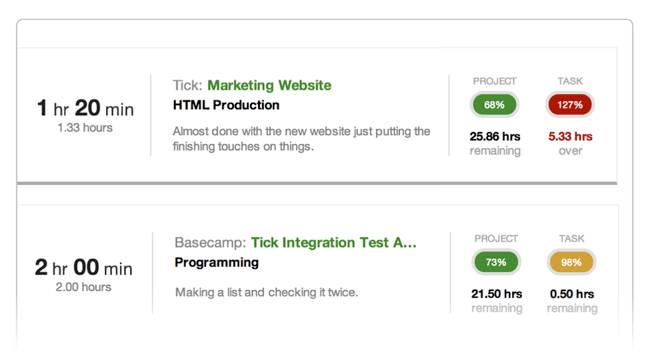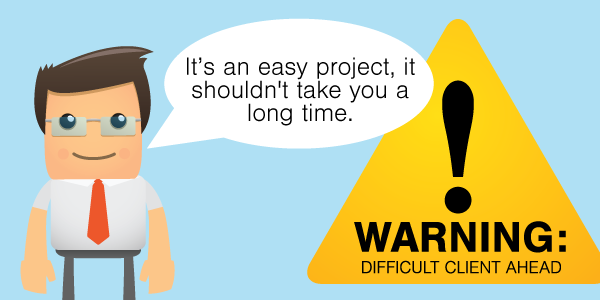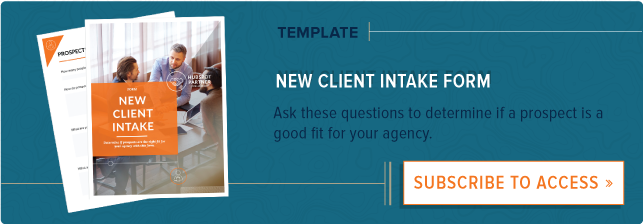

Whether you bill by the hour, per project, or with a retainer, time is your agency’s most precious resource.
And while you would like to think you are spending 90% or even 100% of your time executing on important client tasks, the reality is that you are wasting a lot of your time on unnecessary tasks and non-efficient processes.
This might just be the reason why you are missing deadlines and spending those weekend hours finishing up projects. It also is the reason why your agency isn't as profitable as it could be.
Here are 10 tips to help you manage your time and maximize your agency’s revenue.
1) Track Your Time
You can’t manage what you can’t measure.
If you’ve never used an app to track time, you’re guessing at how long it takes to finish a project. The first step in being more productive is gaining visibility on how you spend your time.
Once you get the hang of how long a project takes, you can refine your project management, estimate projects more accurately, and better plan your week.

2) Break Big Projects Up Into Manageable Tasks
The key to agile project management is to identify and divide a big project into manageable steps. By tracking the time you spend on each task, you can better understand when and why projects get behind schedule. Then, you can refine your process to improve your workflow and efficiency.
3) Kill Big Meetings
Some meetings are a necessary evil. But research shows that people waste about 31 hours per month in unproductive meetings. For an agency of five employees with a billable rate of $150 per hour, that’s $23,250 of wasted time in meetings each month. Yikes!
When planning a meeting, determine if you really need your entire team there. Meetings are most productive in small groups of four to eight people.

You can also make some adjustments to make your meetings more productive. Here are some tips to get the most out of your meetings:
- Don’t meet. Can the question be answered in an email or phone call?
- Schedule short meetings. Don't rely on your calendar's default of 30 minutes per meeting, and instead, send out requests for 10- or 15-minute chats.
- Define your meeting goals: "Discuss topic X" is not a goal.
- Send a meeting outline ahead of time.
- Set a meeting timer. Once it goes off, the meeting is over. This may be frustrating in the beginning, but it will ensure your future meetings are focused.
- Avoid meetings about meetings.
- Limit technology.
Think twice before you send that meeting invite. If you do decide to send one, go with a 45-minute meeting instead of an hour. Reducing your meeting time by 15% can save you 300 hours per year that could instead be spent on billable time.
4) Multitasking Is Better In Theory, Not Practice
We think multitasking is the best use of our time, but the reality is that this type of fragmented work is unproductive.
Information workers change tasks about every three minutes. While that number sounds shockingly low, it shouldn't. Compared to our average attention span of eight seconds, three minutes is an eternity.
Unless you’re a creative machine, fragmented work is a waste of time. It takes 26 minutes to reorient, refocus, and get in the zone after being interrupted by another task.
It is more productive to focus on one task for a chunk of time and step away when you're done. You’re brain deserves -- and needs -- a break.
5) Don’t Mix Strategic Time With Tactics
Designate separate time chunks for brainstorming and task completion. Marketing agencies charge big bucks for game-changing ideas, but they also want flawless execution. These two thought processes rarely mix well.
If you find that creative ideas keep coming to you while you are working on checking off the tasks on your list, take a break and keep brainstorming.
Experiment with your day to see if your mornings or afternoons are better for completing task-based work, and save your most creative time for coming up with strategic ideas.
6) Avoid Task Paralysis
Before I started tracking my time and tasks with Tick, I would show up at work to find a list of past due tasks. It was paralyzing.
Start your day by focusing on your most important task. Block off a few hours to complete the project. If it takes you a little longer than you thought it would, that’s fine. Learn from it, and allocate more time to a similar task next time. If your task takes a lot longer, you probably should break the project up into smaller chunks.
This is exactly what Kevan Lee of Buffer did to help him write blog posts faster.
You can also rein in your projects by defining a time limit for each task and setting a hard deadline.
7) Turn Down Needy Clients
You know the client I am talking about. He says, "I'm easy to deal with," so you promise a quick turnaround. Then, he changes his mind 20 different times.

The trick is to identify needy clients before you take them on. You can spot this type by looking for these signs:
- They have a ton of price structuring questions.
- They want to know exactly how you will spend your time -- down to the minute.
- They want you to make strategic decisions for them.
- They think their new project is your new No. 1 priority.
- They seek free advice.
- They think they can do it themselves.
- They want to share the workload with you.
You don't have time to manage complicated and overly involved clients. To battle this, set limits on phone calls and the length of meetings. Encourage the client to write down his concerns and requests and send through email. This way, you have a record of the encounter, and the client can see all the small, trivial issues he continues to bring up.
8) Focus On Projects Tied To Direct Revenue
We’re addicted to constant distractions, notifications, and emails. But remember: you don’t get paid for checking emails. Your value is based on results.
Try checking your email at specific times throughout the day, and use a tool such as Awayfind to stay on top of urgent matters.
Then, get to work keeping that client project within budget -- don't let scope creep destroy your margins and result in a project being delivered late.
9) Use The 45/15 Rule To Limit Distractions
Break up each hour into 45 solid minutes of billable work and 15 minutes of your distraction of choice. Why 45? After 45 minutes, we start to lose focus and our productivity plummets. We're not made to work on tasks for hours of interrupted time.
During your 45-minute work sessions:
- Don’t take coffee or bathroom breaks.
- Turn off mobile and desktop notifications.
- Minimize open windows.
- Develop Google discipline or limit your research to only what you really need.
Work with your brain, not against it.
10) Outsource Time Intensive Tasks
Outsourcing shouldn’t be taboo. It it an important lever you can pull in your agency when clients ask for services you don't provide or when a project requires a true specialist.
It doesn't make sense to hire a full-time person to execute on a service you only receive a request for once a year. In other cases, you might have projects that are actually more cost-efficient to outsource -- you can outsource a project that will take a freelancer two hours to complete, while it would take 10 hours for your in-house talent to finish. Vet resources, create a process for outsourcing, and send jobs to those you trust to get the work done.
What Can You Do With More Time?
Consider what you could do with 20 additional hours of billable time each month. Could you take on a new client? Could you take off early one day a month to experience something new? Could you spend more time on training and development for your staff.
By improving your time management, you can improve your bottom line. It's a simple equation.

